Tag: ร้านชา
Add 3 food business ideas to help Chateau continue
In this era where cafes are popping up a lot, introducing new menus, new promotions, or adding more decorations to the shop may not be enough anymore. Focusing on food business trends is another thing that will help the business continue. Because food trends these days don’t just focus on deliciousness. Especially during this time when Covid has returned to spread again, creating convenience for customers and allowing them to experience quality food and drinks as if they were eating at the shop is a trend that shops need to pay more attention to. Let’s look at 3 main concepts of the food business that will help your tea shop grow despite the Covid situation.
1. Adding an option to order food via an application created by the restaurant itself or via a delivery system. It cannot be denied that in this era, ordering food via online channels has grown very rapidly. Especially the COVID situation that has caused many people to avoid going to restaurants and turn to ordering food via mobile phones instead. With consumer behavior that requires convenience and the trend of providing services in this form that also has many promotions and privileges, bringing tea shops to food delivery platforms such as Grab Food, Food Panda, Gojek, Line Man is definitely still going well. Although there will be some GP losses, some restaurants do not want to join these delivery platforms. But if you consider it carefully, you will find that selling through these delivery channels allows the restaurant to use the ingredients that it already has.

However, for tea shops, they may be worried about the transportation of products to the shop that may spill, make a mess, and may not receive 100% complete products when they arrive to customers. They must eliminate that concern and look for packaging and different ways to serve tea instead, such as using a bottle to hold water and separate tea and ice.
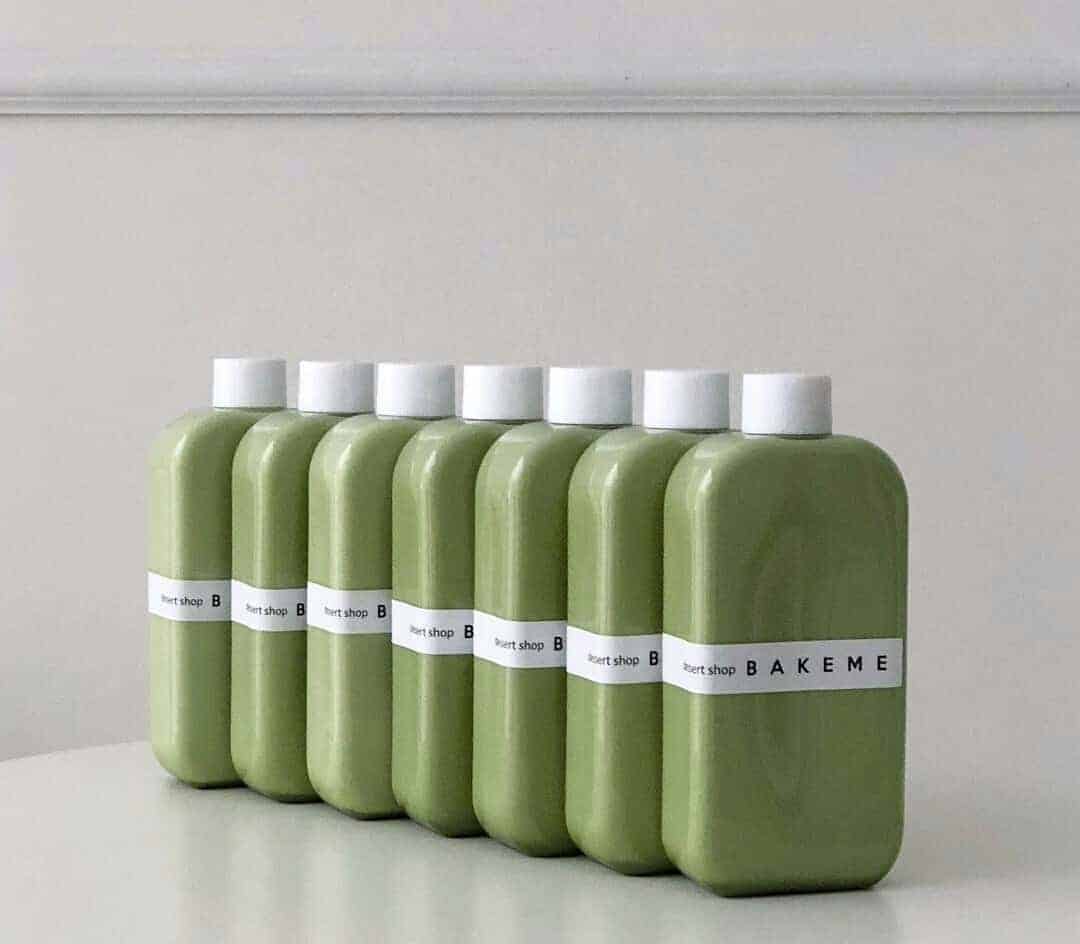
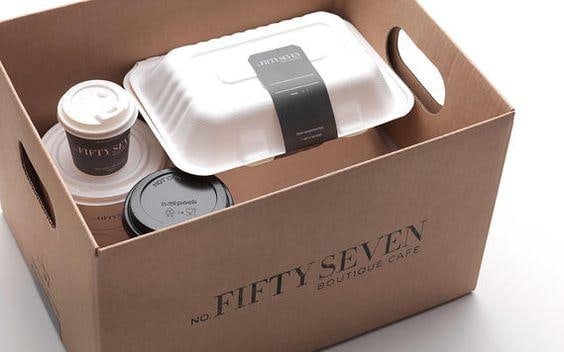
2. Adjust the drink menu, healthy food and be more creative. Food that is more than delicious for this era must be healthy food. And if advanced science is used to create a menu or creativity is added to the menu, as well as presenting it in new and exciting forms, it all creates a new experience for customers. For example, drinking regular green tea, if it is made into a smoothie and some fruits are added to make the green tea taste more unique and healthy, it will attract more female customers. Or cereal yogurt, which is a popular breakfast trend right now, can add green tea flavor to create a unique breakfast for your shop.
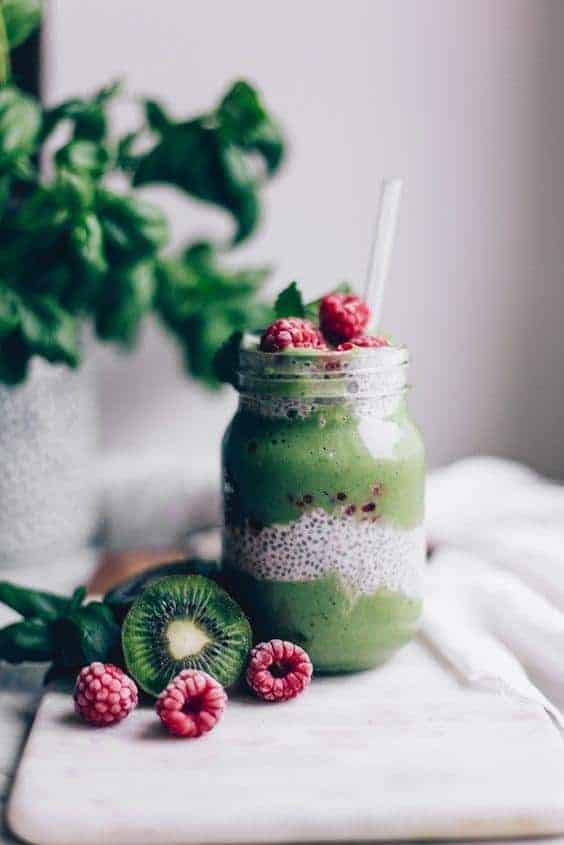
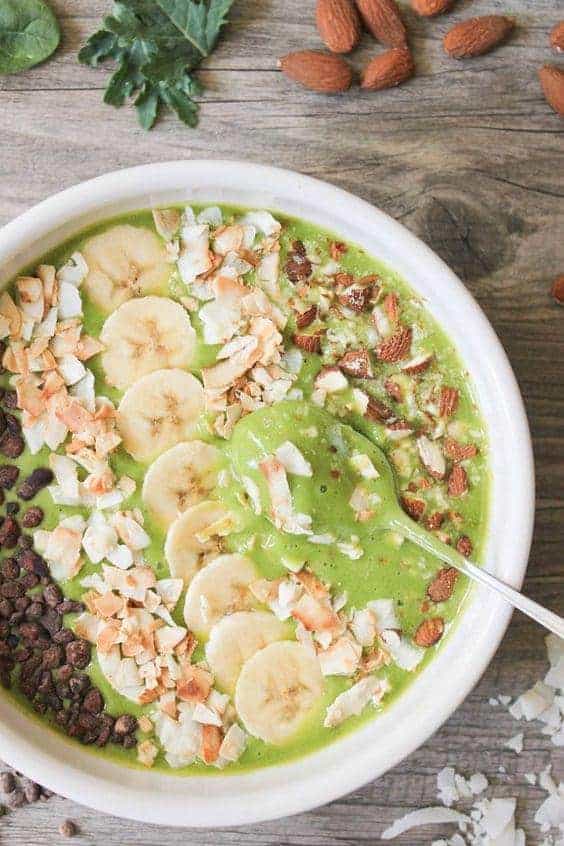
However, if it is a drink menu, healthy food, or a very creative menu, it is usually expensive, making few new customers dare to try it. Therefore, if the shop can control the cost to be at a low price, it will make the selling price cheaper and easier to reach the consumer group.
3. 24-hour food business Who would have thought that the 24-hour restaurant model would be possible and that there would actually be customers? However, with the changing consumer behavior today, there are more people living at night, and people who work at night have very few opportunities to eat and drink delicious food and beverages like people who live during the day. In addition, Thai people believe that consuming tea or coffee with caffeine at night will cause insomnia. Therefore, there are very few shops that sell tea or coffee late at night. However, people who live at night still want to drink these beverages. Therefore, the 24-hour food and beverage business model is doing better than expected. It is considered a push for the food business to grow by capturing the lifestyle of people who live at night.

Source
https://www.elle.com/culture/career-politics/a31478025/how-to-help-community-coronavirus-pandemic/
https://weheartit.com/entry/320776028
Article from: Fuwafuwa
Things people often miss! When opening a tea shop
Cafes or beverage shops are one of the dream businesses of many people because they think that it is an easy business to open, with high profits. Just a good location, delicious drinks, and a beautiful and stylish shop decoration should be successful. But did you know that opening a beverage shop today is in a market with increasing competition? Therefore, opening a shop should be carefully calculated before starting that business. So before opening a shop or making any decisions, consider these factors first to see what you are missing.
1. Not knowing what you are selling is not enough. This is the most important thing, whether it is tea leaves, tea powder, each type, where it comes from, what kind of tea plantation grows the tea, what processes are used, if we have this information, we will be able to answer customers’ questions with confidence about what our brand’s strengths are. Don’t forget to study and experiment about the types of tea, taste, smell and properties, how they differ, what temperature of water to use for brewing, and the media used to present to customers the differences in the teas at the shop.
The tea menu is a menu that any shop can make, but making it different and having a consistent taste is something that requires training and specific techniques.

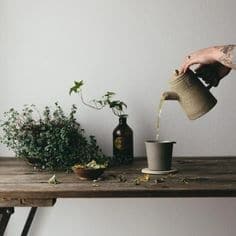
2. Unclear branding : This is because we see other brands doing well and then try to do the same without thoroughly studying the surrounding factors. For example, there are many bubble tea shops that have opened recently. They have similar names, similar menus, but different prices and no clear brand identity. This type of shop will be swallowed up. Before opening a shop, you should be able to answer why customers buy tea from your shop and not from competitors. It could be about the service of the staff in the shop, such as serving cold hand towels when they arrive at the shop like in Japanese restaurants. Or small details that we should pay attention to in order to use as strengths of the shop, such as the way tea is presented at the counter. It could be drip tea, brewed with a traditional kettle or brewed with Japanese-style chasen, or using a shake or a milk frother, for people in a hurry.

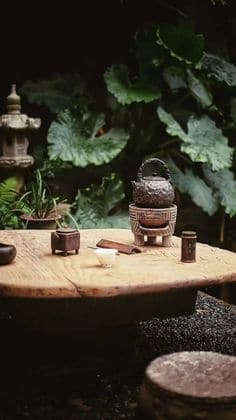
3. Investing too much in unnecessary things. Because shop owners these days focus on the beauty of the shop, having a cool corner for taking pictures and posting on social media. These things make the budget for decorating the shop quite high, to the point that sometimes the budget may go over. Actually, this idea is not wrong, but don’t forget that the more you invest, the longer the payback period will be. Moreover, if you have a limited budget but invest too much in unnecessary things, it will affect the amount of capital that will be used to generate income for the shop. Because don’t forget that in addition to decoration, there are other expenses such as tea making equipment, good ingredients or efficient staff salaries. Therefore, dividing the investment appropriately must start from the beginning. Or if anyone has no idea for decorating, try looking at the Japanese style that emphasizes simplicity, drinking tea in a beautiful, quiet garden, no need for flashy decoration. Add a Japanese atmosphere with Japanese picture magazines, and you will be fully satisfied with the atmosphere in the shop.
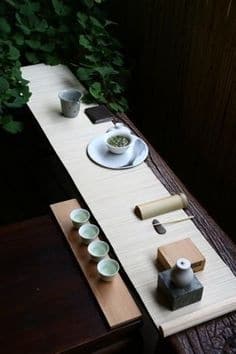
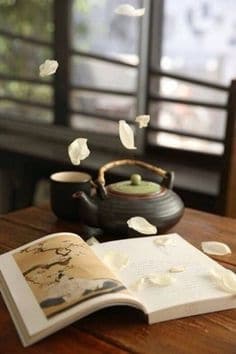

4. Choosing the wrong location, not matching the target group, or choosing a location in an area with a lot of competitors or a future competitor. Competitors are an important factor that makes the sales target not reach the target. Don’t forget to analyze how many of our target groups are in that area. Do they have purchasing power? For example, if the area is a school area but selling tea at a high price may not be suitable. Analyze how much each competitor is charging, what are their weaknesses and strengths, and look back at yourself to see how you can beat them.
5. Forget to calculate the cost of raw materials, waste and other hidden costs that will occur every day. For example, those who use imported tea leaves from Japan or other countries must be very careful. Don’t forget to calculate the shipping cost, the tax on buying tea leaves here. Which shipping method costs how much? Some raw materials that are easily spoiled, if not used up, may unknowingly create waste, such as milk, ice, cream. What about welfare costs, food costs, OT costs, etc. In addition, there are water costs, electricity costs, depreciation costs of various equipment, glass costs, tissue costs, etc. When calculated, how many % of profit will be left per glass?
6. Lack of experience and knowledge. You have to be careful about everything from income and expense accounts and separating personal money from the store’s money to see profit and loss, balance sheets, employee management, including order taking systems, cutting raw material stocks that need to be learned so that the business can run smoothly and be successful.
Source
https://www.pinterest.com/pin/491596115581630781/
https://www.morimatea.com/
Article from: Fuwafuwa
“Green tea” is a gift for every festival for Japanese people.
Japanese people often bring small gifts to give to each other no matter the occasion. For example, when traveling to another place or even on a small trip, it is common to buy souvenirs, or in Japanese, what is called “omiyage”. Souvenirs can be cute packages of cookies, chocolate, green tea, or various Japanese sweets.
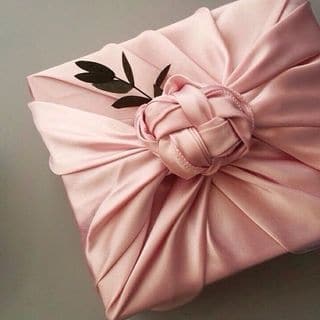
Not only buying souvenirs from traveling, but giving gifts to each other is a deeply rooted culture of Japanese people, such as New Year’s Day, marriage, childbirth, etc., in which “tea” is considered a very popular gift. Giving green tea to each other will have different meanings depending on the occasion, whether it is to express congratulations, greetings or express gratitude because “tea” is something that Japanese people drink every day anyway. In addition to being good for health, it gives a sense of quality and value. Giving it as a gift set or wrapped in furoshiki cloth increases its value to become a tea set that the recipient will definitely like. Another reason why tea is popular as a gift is because it can be stored for a long time and is not too small or too big, suitable for people of all ages. Tea also has a good and auspicious meaning that many people may not know, such as:
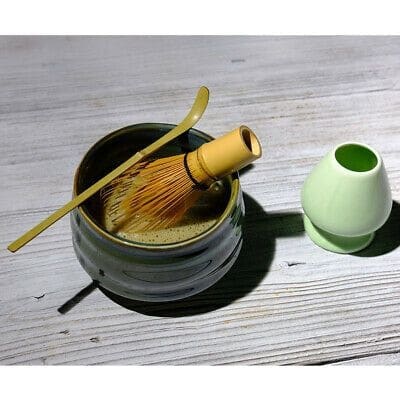
- The word 茶寿 (cha-myō ) is also spelled with the character 茶, which means tea. In Japanese, cha-myō means “congratulations on your 108th birthday.” Therefore, giving tea as a gift is considered a wish for good health and long life.
- At some Japanese weddings, such as in the Kyushu region, including Niigata and Fukushima prefectures , a “tea set” is given as a gift for engagement. Because the tea plant has a long life and is deeply rooted in the soil, it is difficult to pull it out and plant it again, symbolizing “the bride’s marriage only once and her commitment to her partner for life.”
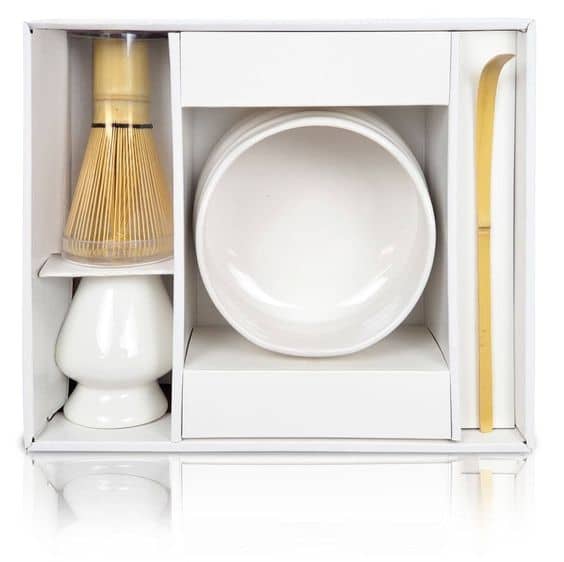
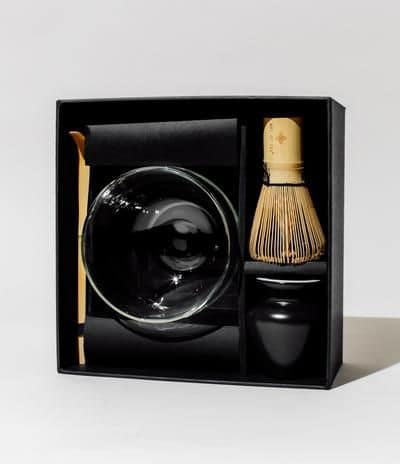
- On New Year’s Day in Japan, there is a custom of drinking Daifukucha (大福茶) , a tea that is drunk to pray for safety from disasters and illnesses in the year. In particular, in Kyoto, it stems from the past when priests gave tea to infected patients to drink, and their symptoms eventually recovered. Eating an Osechi (おせち料理) set meal on New Year’s Day, along with drinking Daifukucha with dried plums and kombu kelp, is a long-held tradition.
- The word medetai (めでたい), which means “joy” in Japanese, sounds similar to the word medetai (芽出たい), which means “to sprout (tea shoots)”. Therefore, giving tea as a gift is considered an auspicious gift that the Japanese believe means expressing their congratulations to the recipient.
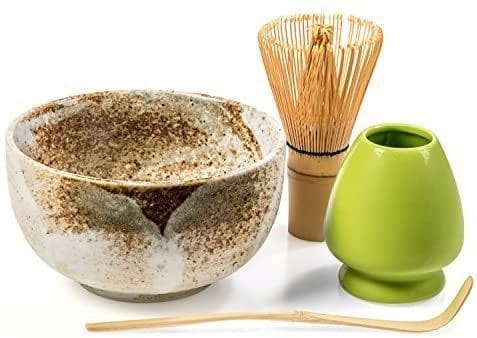
However, some texts say that tea is a drink that Japan adopted from China along with Buddhism, and so it has an image associated with Buddhist ceremonies, most often funeral ceremonies, so tea should be avoided as a gift. However, nowadays, this belief has disappeared, and there is a growing popularity of giving shincha (新茶) , the first tea of the season made from the first young leaves picked, as a seasonal gift.

In addition to the auspicious occasions when we give tea as a gift, there are other tea drinking cultures that Japanese people drink, such as:
- Sakurayu (桜湯) is made by brewing hot water with cherry blossom petals seasoned with salt instead of green tea. It is popularly drunk on auspicious occasions, paired with Higashi, a small, dry sweet with beautiful patterns and colors, similar to our local Ping cookies.
- In summer, it is popular to drink mugicha (麦茶), a cold barley tea that is refreshing.
- When serving as a guest reception, it is common to serve gyokuro (玉露) or sencha (煎茶) together with wagashi.
- But in daily life, people like to drink Hojicha (ほうじ茶), Bancha (番茶), and Genmaicha (玄米茶) together with sembei crackers.
Choose the right type of tea for the right occasion. Giving a gift of tea will make the recipient even more impressed.
Source
https://www.hibiki-an.com/index.php/cPath/26
https://www.ooigawachaen.co.jp/blog/2015/12/16/249
https://www.alfemminile.com/none/none-s4002149.html
Article from: Fuwafuwa
